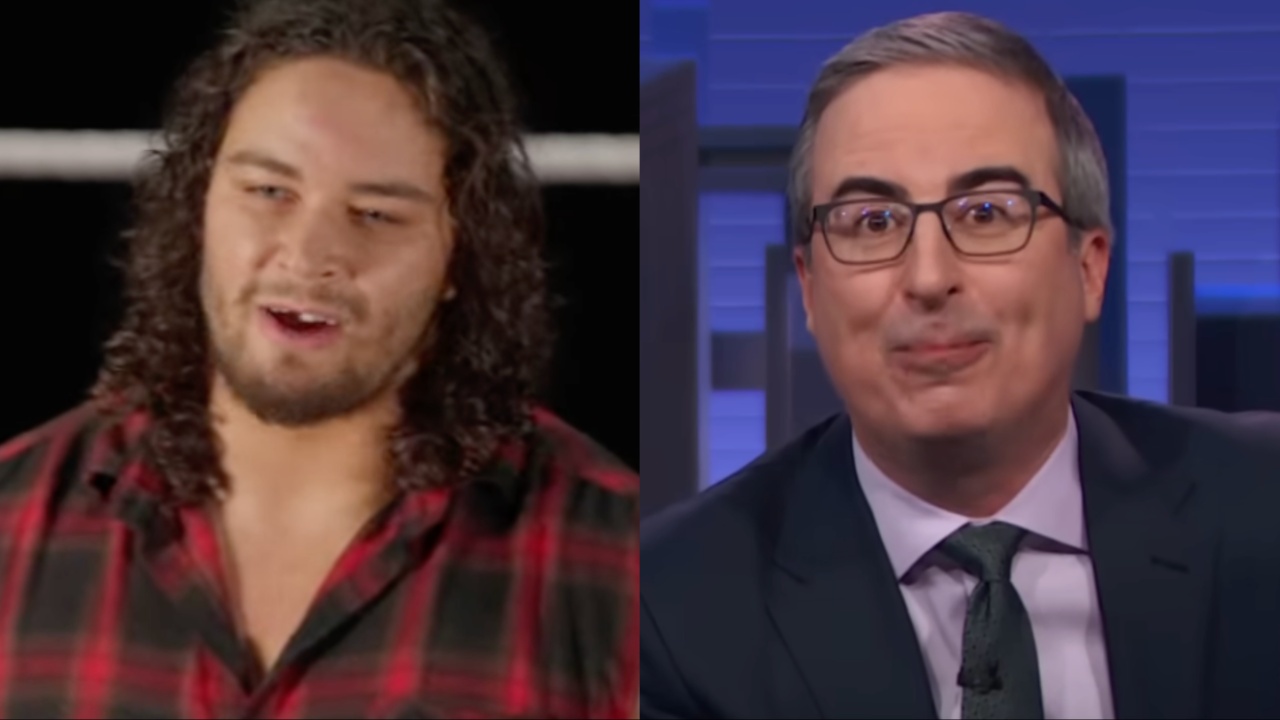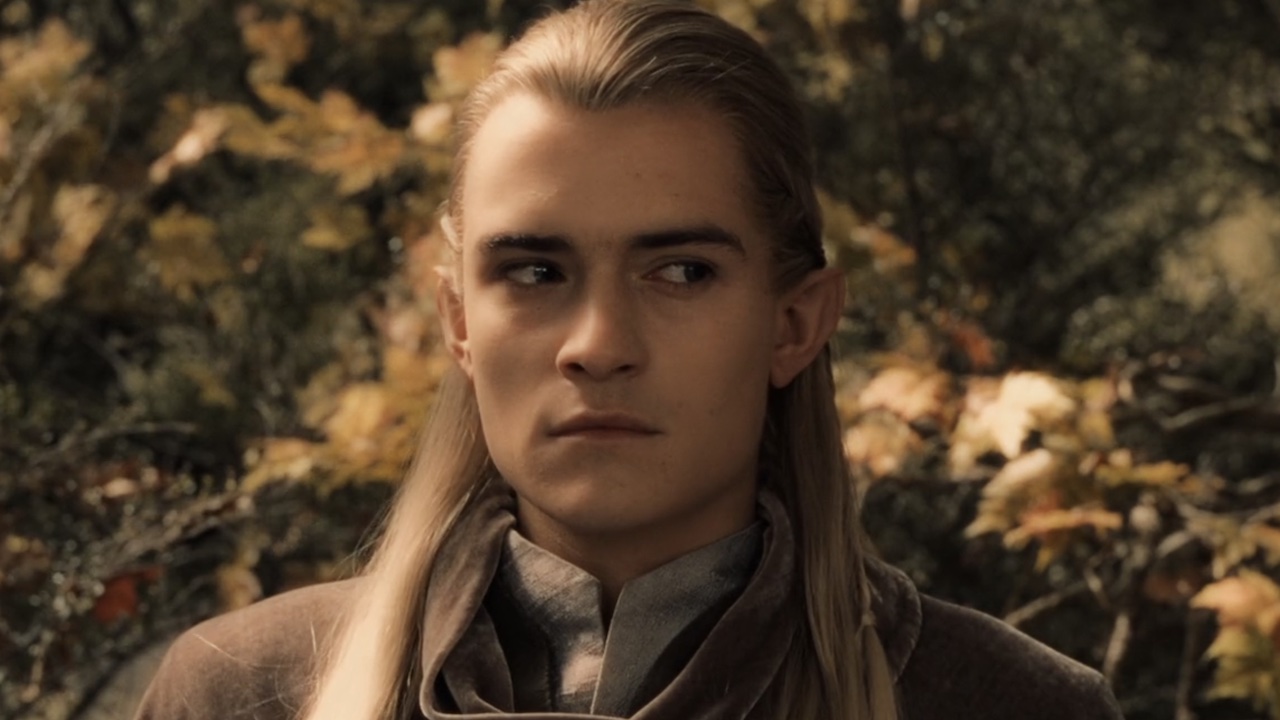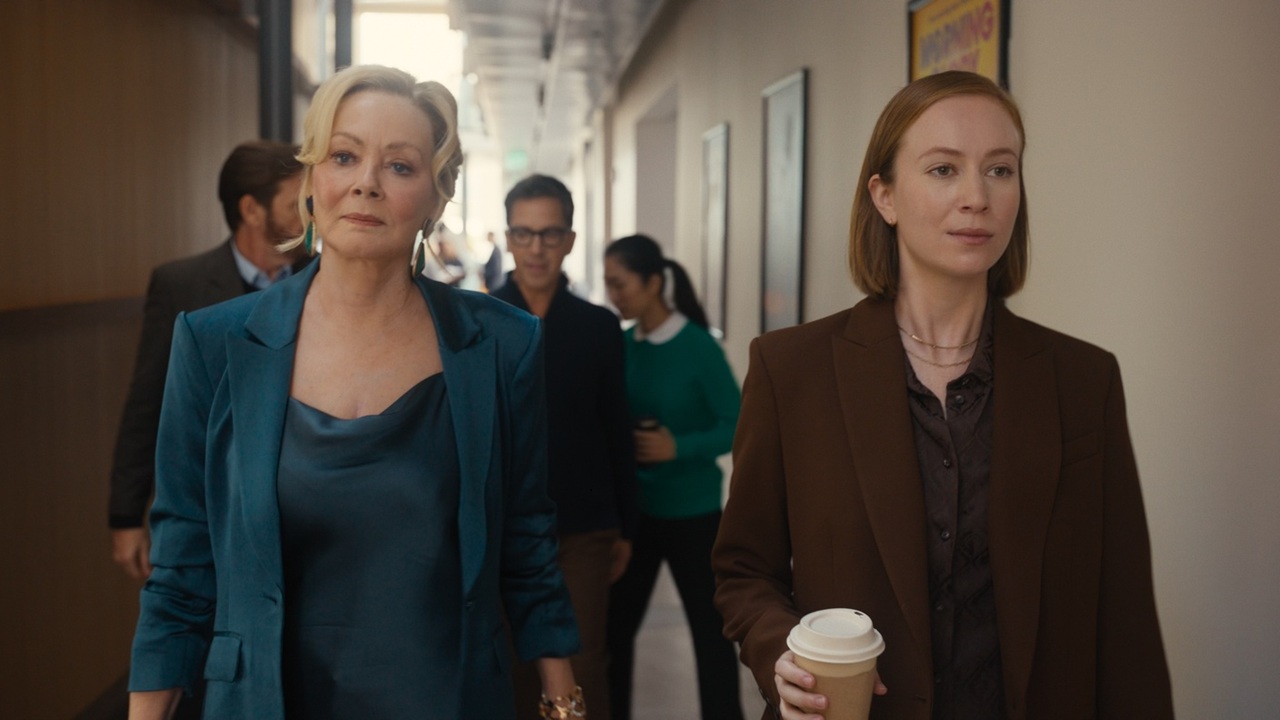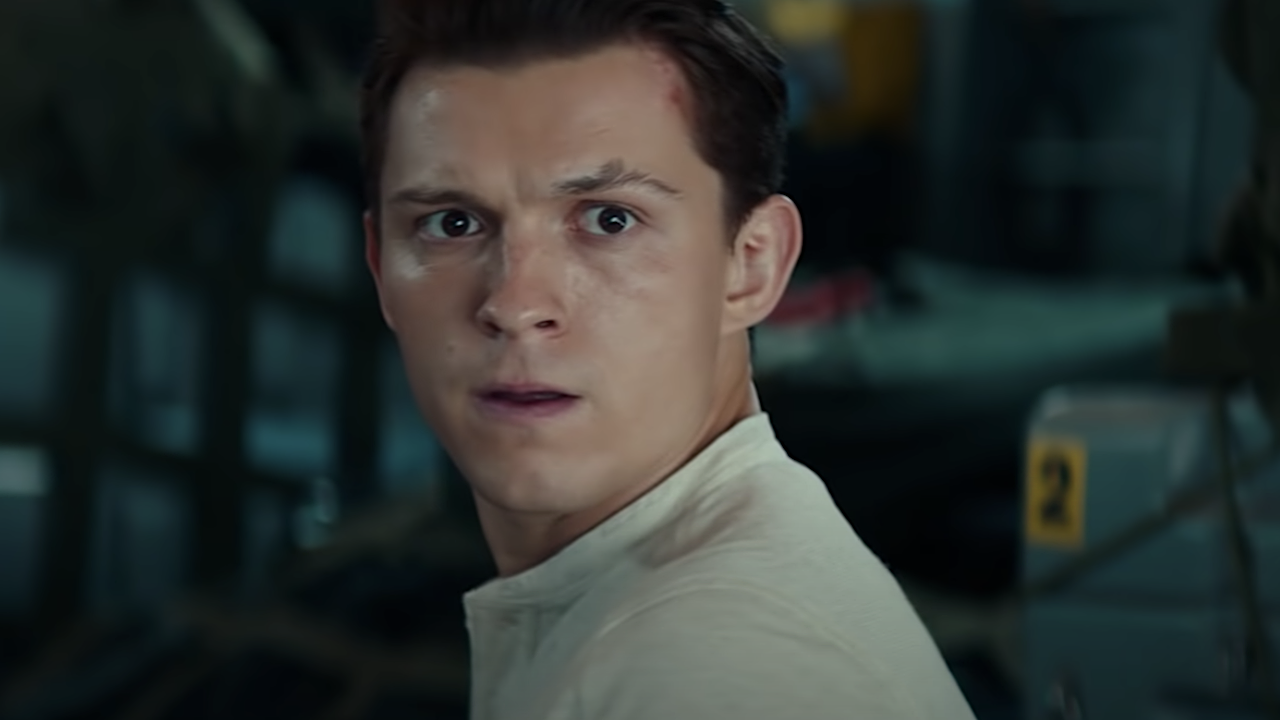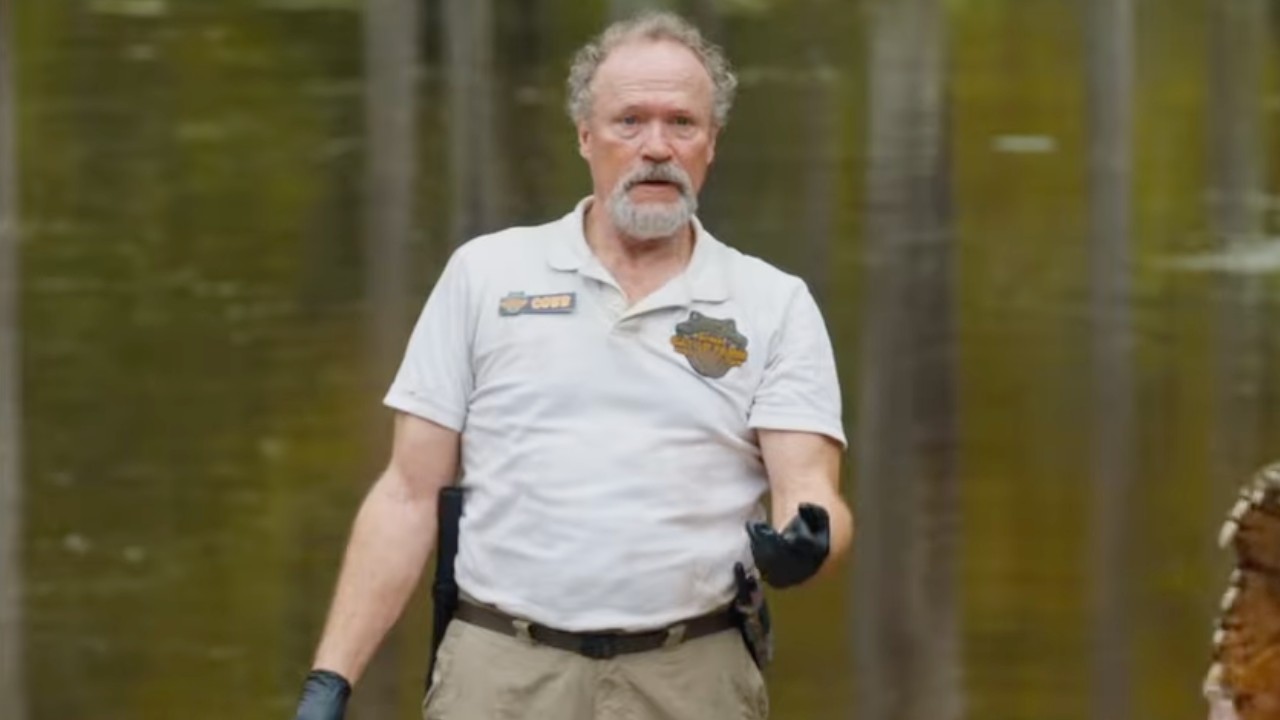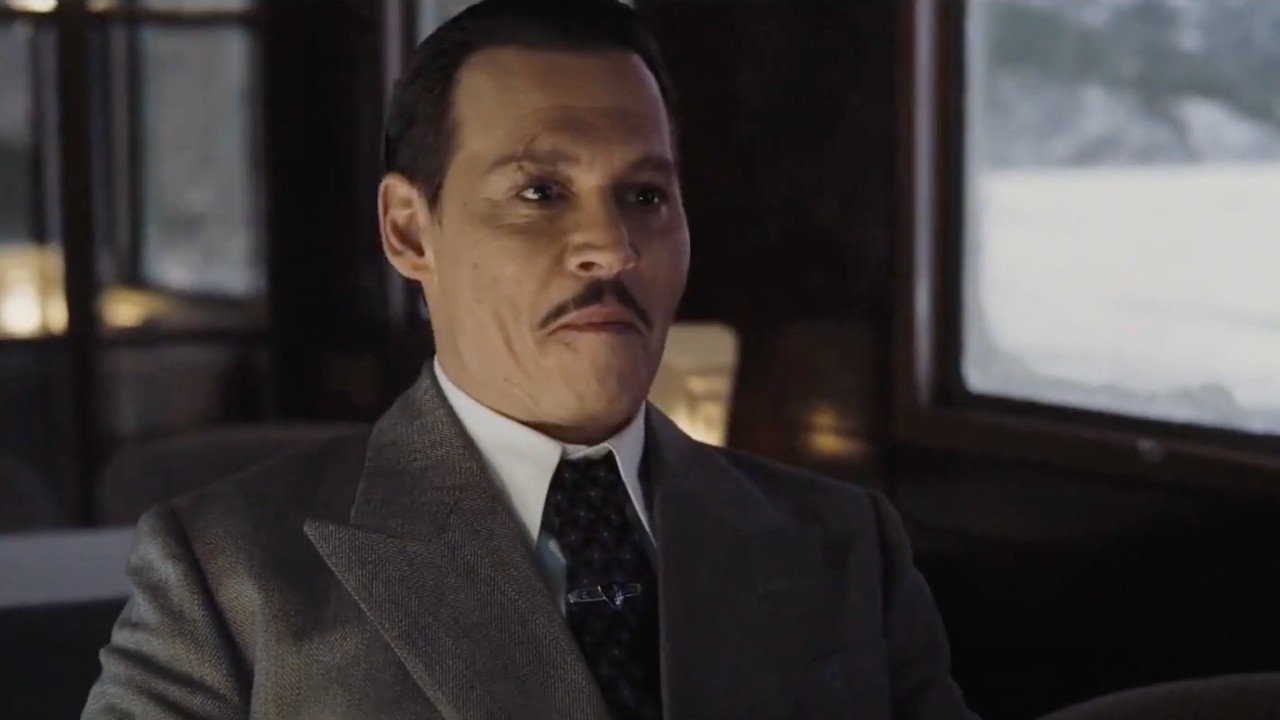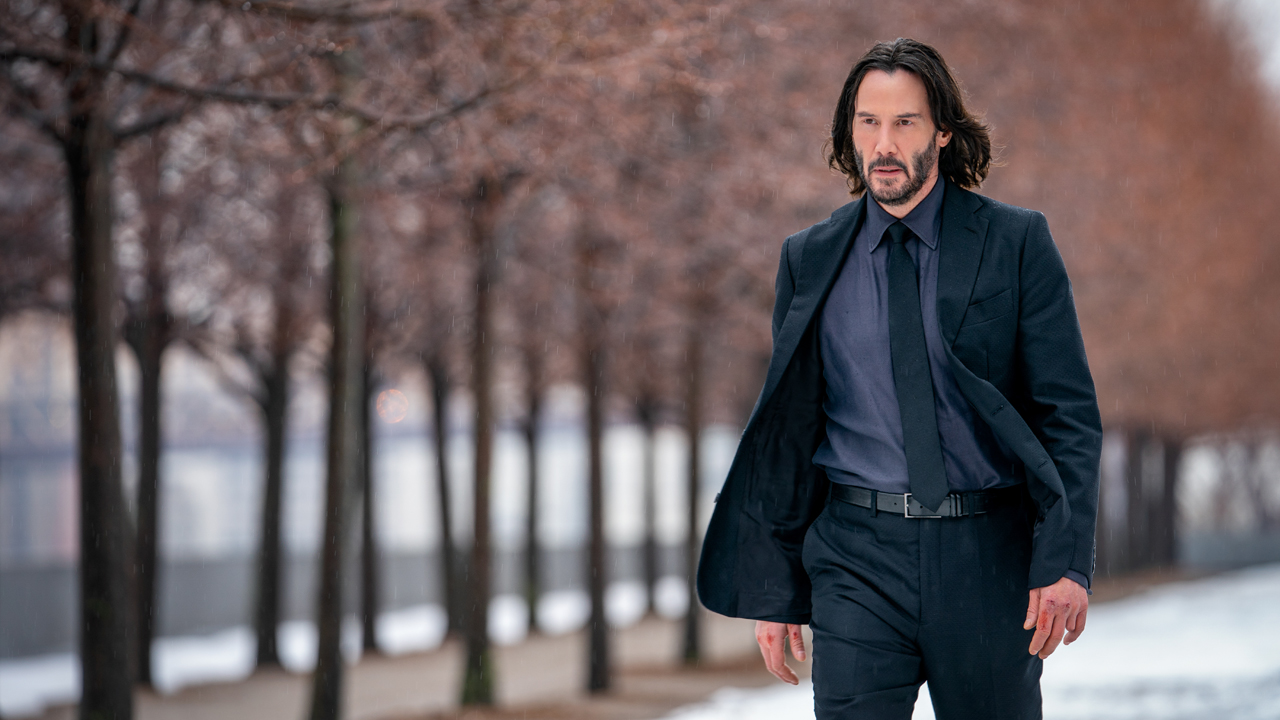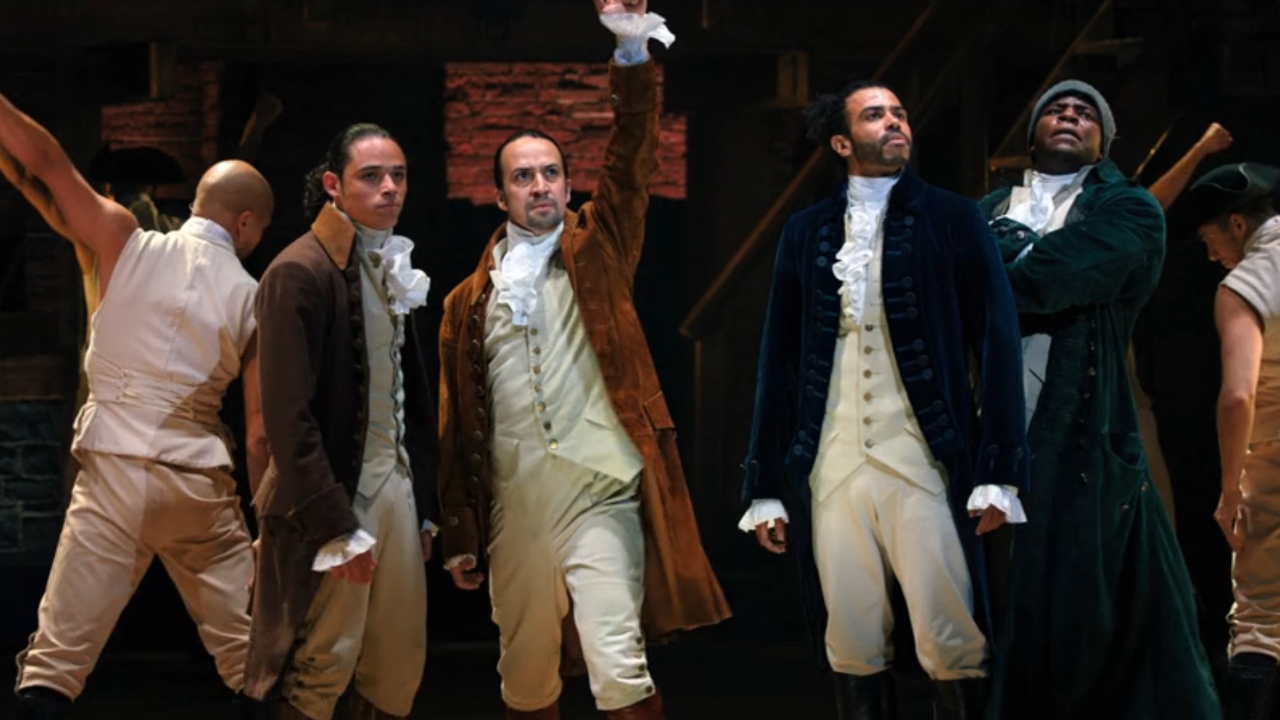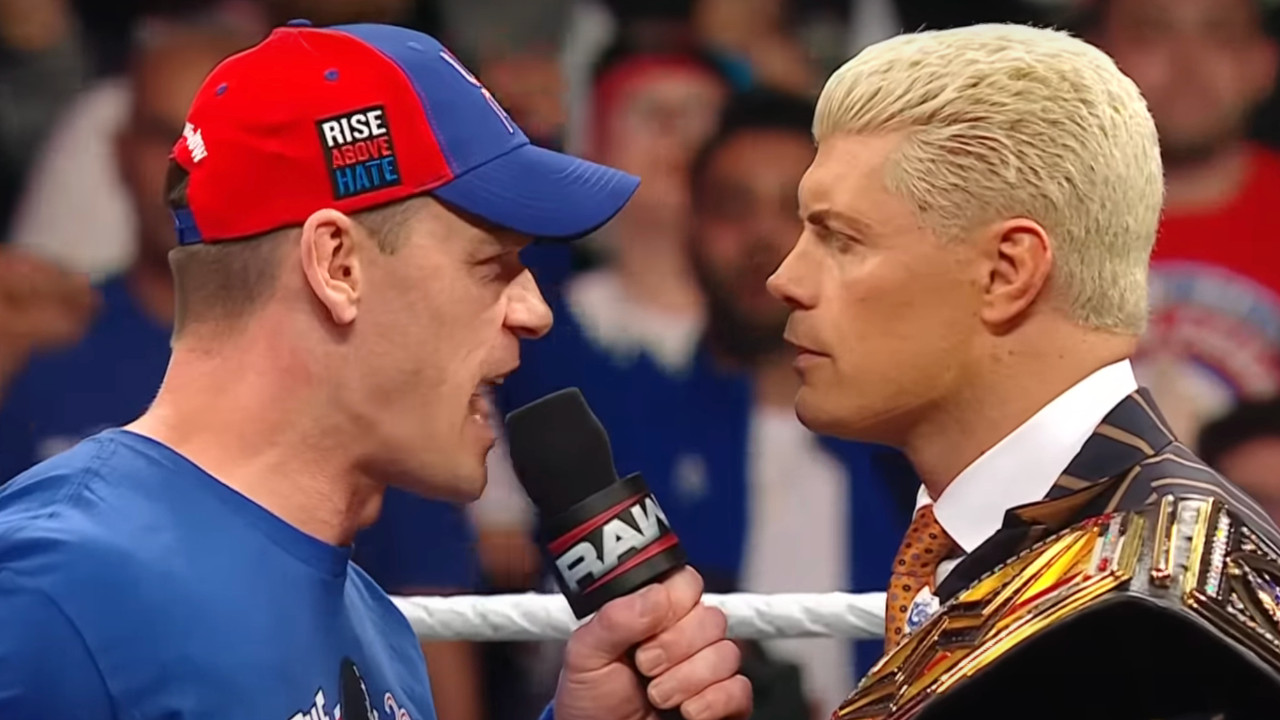7 Sequels That Failed After Being Given More Money
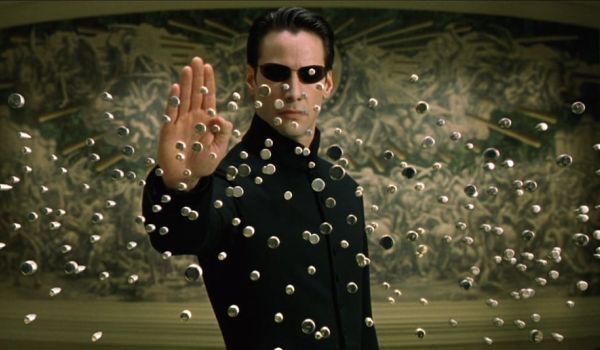
When a movie is successful, it's common practice for studios to consider sequels. This process usually also includes increasing the budget of the follow-up, but that's not always a successful plan. While it makes sense that more money can potentially mean putting more of whatever people liked into the new movie, often it results in a movie becoming bloated with unnecessary material that also buries what people loved.
Bigger doesn't always mean better. Do you hear that Deadpool 2? Here are a few times when sequels tried to give audiences more, but instead just gave them a complete mess.
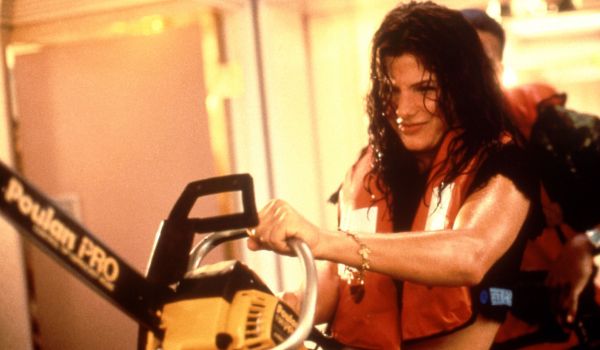
Speed 2: Cruise Control
The bomb-on-a-bus movie Speed starred an unknown Sandra Bullock and a first-time action star in Keanu Reeves and was made for a fairly modest $30 million. The sequel didn't have Keanu, but somehow it still cost five times more money to produce. It went on to make half the money of the original at the box office. It's unlikely that anybody who did go to see it did so because it was bigger. If it had been made for the same money as the first, it would have been a profitable endeavor, if not as successful as the original.
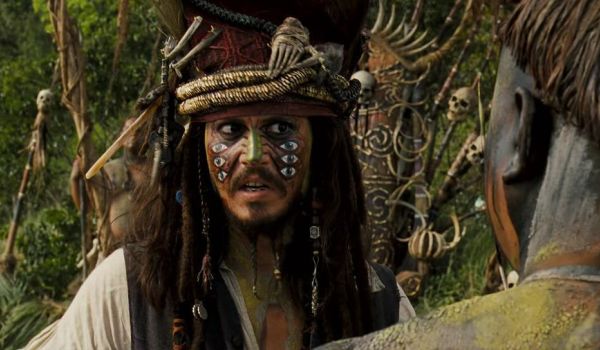
Pirates of the Caribbean: Dead Man's Chest
Pirates of the Caribbean: Curse of the Black Pearl was a surprisingly fun movie considering its source material was a theme park ride. It's clear Disney realized this as the subtitle was added just prior to the film's release, implying that sequels were a possibility. After Pearl was a hit, those sequels came in the form of two movies, filmed back-to-back, and with a production budget that made the original look like an independent film. Why? Because Disney. While all of our favorite characters were back in Pirates of the Caribbean: Dead Man's Chest, a great deal of the magic was absent.
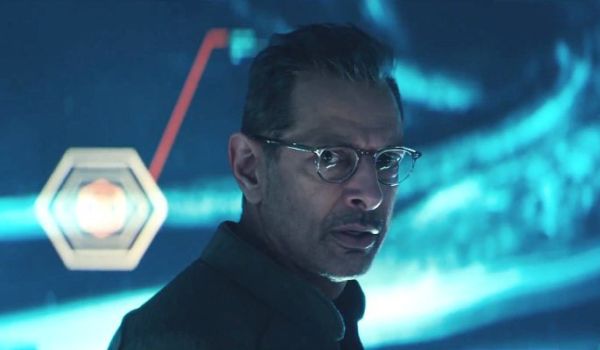
Independence Day: Resurgence
The original Independence Day was as much a summer blockbuster as any movie when it was released, but its budget of $75 million was still somewhat modest. Twister was more expensive to produce, as an example. However, when the sequel was released, a lot more money was spent, even accounting for inflation. We all saw the world exploding in the trailers. This film was MASSIVE. Yet, nobody cared. Spending the extra money to get noticed didn't help, as the current generation wasn't looking for a 20-year-old sequel. It didn't really matter how much of the world they set on fire.
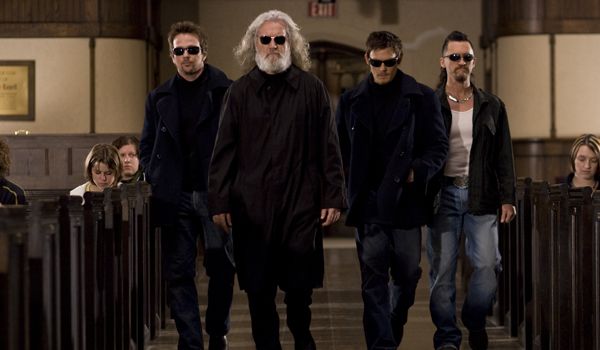
Boondock Saints II: All Saints Day
Boondock Saints is a bit of an interesting case because the original film did not become a hit in the traditional way. It was only really discovered on DVD -- but when it was, it became a huge hit. A sequel was greenlit that was going to see a proper cinematic release and everything. It didn't work out. It turned out that Boondock Saints was fine by itself and never needed a sequel. Just because you can do a thing, does not mean that you should do that thing, and spend more money doing it.
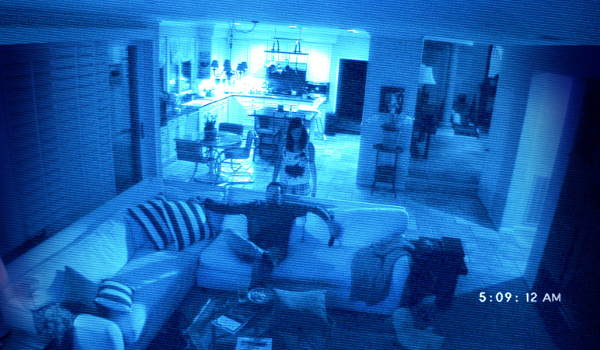
Paranormal Activity 2
The original Paranormal Activity was one of those found footage movies with no notable stars in it that cost just short of nothing to make. It was virtually guaranteed to be profitable, but it was so profitable that it started a franchise. While the budget of Paranormal Activity 2 was still minuscule as compared to nearly any other Hollywood production, it was 200 times larger than the budget of the first film. Box office receipts, however, were actually lower for the second film, meaning the return on the investment was a fraction of what the original had seen.
CINEMABLEND NEWSLETTER
Your Daily Blend of Entertainment News
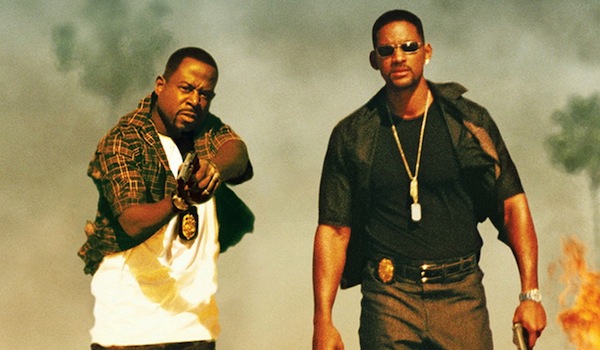
Bad Boys 2
Neither Will Smith nor Martin Lawrence were viewed as box office leading man material when the original Bad Boys was released in 1995. It was also Michael Bay's first gig as a director. By the time the sequel came about, Michael Bay had gotten a taste for big budget spectacle thanks to films like Armageddon and Pearl Harbor. Bad Boys 2 became as much as an effects-driven extravaganza as anything. It didn't actually add to the movie in any discernible way. It made more money, but few will argue it's a better movie.

The Matrix: Reloaded
The Matrix was a huge hit that did cool stuff with camera work in order to create a world with an entirely new set of rules. It wasn't designed to be a trilogy, but after you've made a half billion dollars at the box office, you don't really have that choice anymore. The budget was quadrupled, and then cut in half to make two more movies back-to-back. They made money, but not nearly as much as the original. The sequels were a bunch of nonsense that nobody enjoyed as much as the first. Apparently it wasn't all the money spent on special effects that made the first one good.
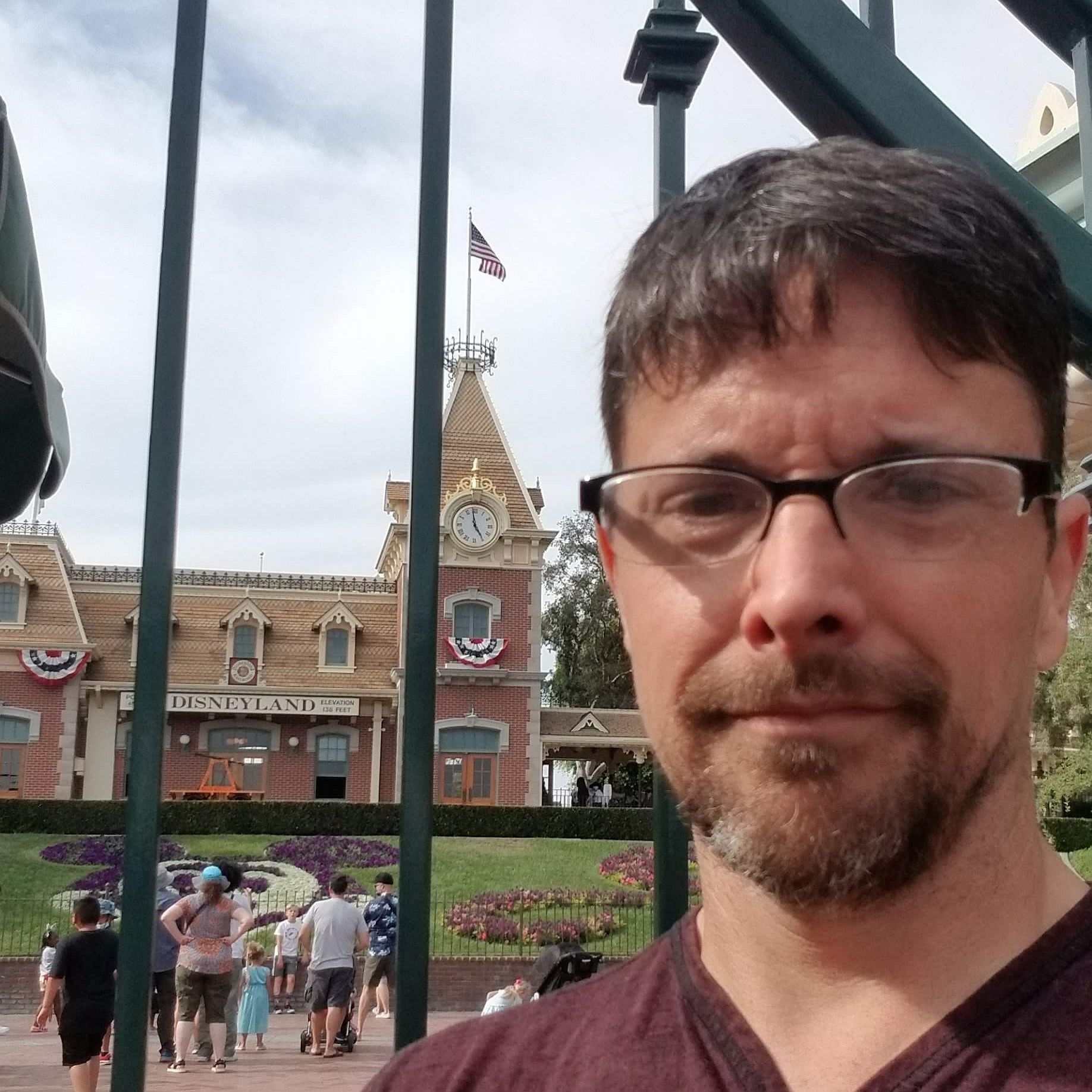
CinemaBlend’s resident theme park junkie and amateur Disney historian, Dirk began writing for CinemaBlend as a freelancer in 2015 before joining the site full-time in 2018. He has previously held positions as a Staff Writer and Games Editor, but has more recently transformed his true passion into his job as the head of the site's Theme Park section. He has previously done freelance work for various gaming and technology sites. Prior to starting his second career as a writer he worked for 12 years in sales for various companies within the consumer electronics industry. He has a degree in political science from the University of California, Davis. Is an armchair Imagineer, Epcot Stan, Future Club 33 Member.
